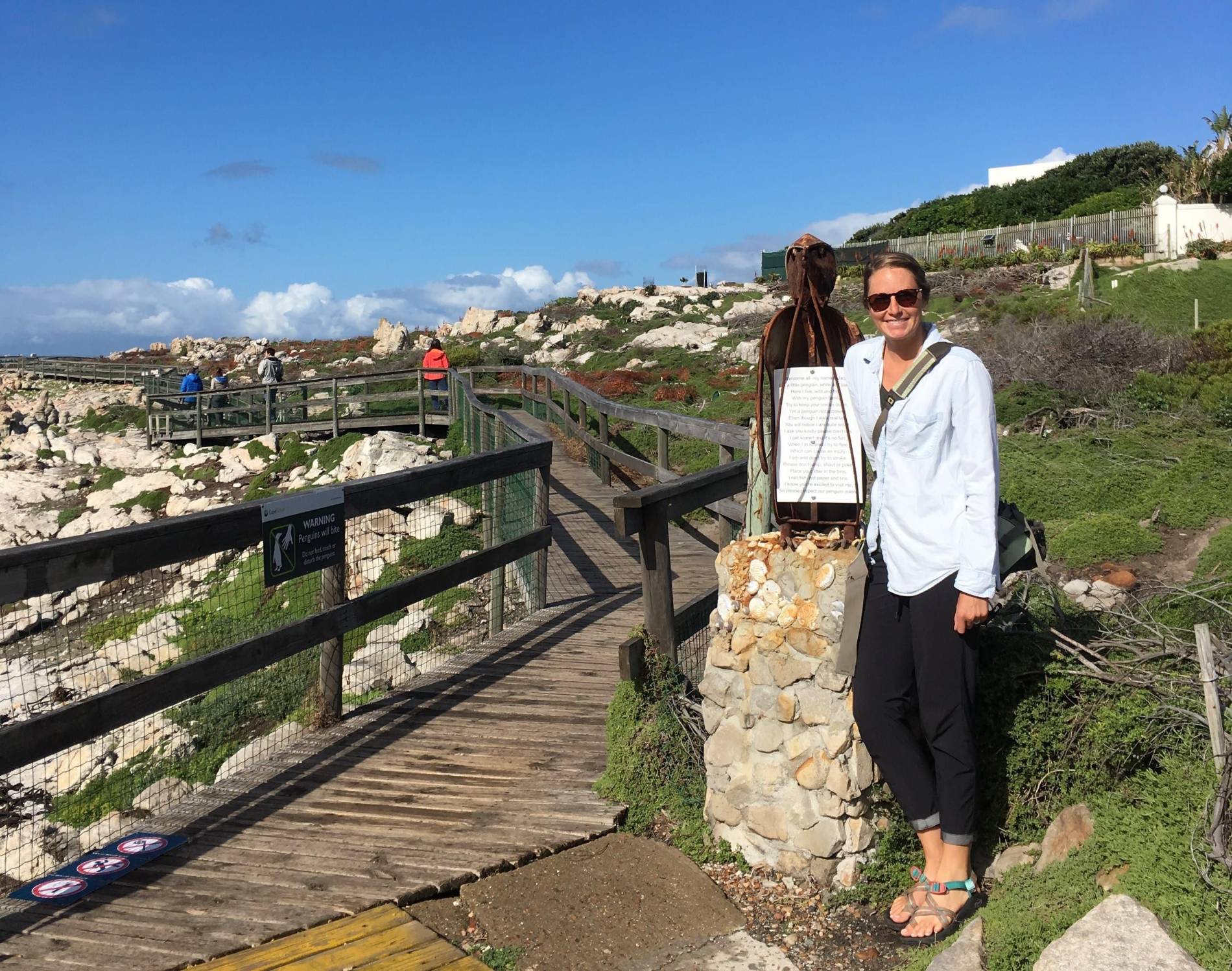Last summer, Amanda Tyler lived and worked in a rural village in Uganda. She was there for 2 months while doing her practicum with the Uganda Village Project. The home she lived in had no running water, minimal electricity, and a latrine for a toilet, which is common for the area. Amanda adjusted to this new way of life, but once back in the U.S. she found herself having a hard time adjusting back to her life that was once so normal.
Recognizing her own struggle to adjust, she couldn’t help but wonder what the experience was like for people coming to the U.S. for the first time as refugees. “I found myself wondering how refugees must feel coming to the U.S. and how confusing and disorientating the whole experience must be – these individuals generally do not know the language, the culture, living standards, daily life, and how to find employment,” she said.
This experience sparked her capstone project, which focuses on helping refugees with disabilities. “Refugees by themselves are an extremely vulnerable population, and then factoring in the component of a disability makes them even more vulnerable,” she explained. She worked with Lutheran Family Services who connected her with local refugees with disabilities. Amanda then helped identify resources, such as low cost health care options, in the community to assist them in their transition to life in the U.S.
Challenges along the way
“Through this process I’ve come to realize how much more difficult it is for refugees with disabilities to get help and assistance compared to maybe someone from the U.S. with a disability because of things like the language barrier and financial constraints” Amanda explained. For example, Medicare doesn’t cover hearing aids, however many older adults need them so she tried to find resources in the community that could assist with the cost of hearing aids as many of these individuals don’t have the financial income to be able to afford them.
Another challenge she faced was that not many of the refugee or asylee population speak English as their primary language, although some do speak but only a little. These individuals are enrolled in English as a second language (ESL) classes, but it was hard to ask them specific questions unless there was someone present who could translate, and those individuals weren’t always available.
Incorporating classroom knowledge
Prior to starting this project, Amanda says it was helpful already having knowledge about refugee populations from some of the classes that she took, including an International Disasters and Humanitarianism class and an International Disaster Psychology class. She also learned how important it is to do a needs assessment prior to starting any project and working with the community that your project is intended for.
“I did an informal needs assessment, I first considered the needs of the disabled individuals, one person was blind and two children were deaf, and what issues they specifically have as a result of their disability” she said. This helped her be more effective in her strategy to help these individuals instead of assuming what they might need.
Inspired for the future
Amanda’s work with her capstone project has inspired her goals for the future. She wants to continue working with vulnerable populations to increase their access to health care and better health in general, with the overall goal of striving for health equity. She’s also interested in improving disaster relief and preparedness efforts in lower income and disadvantaged communities since these groups are often affected most by natural disasters. Amanda is passionate about having a career in which she can make changes in these areas, both locally and globally.
Written by Megan Jansson

